What if all photographs of archaeological artifacts were done in the same way. Not just in one museum, but in all of them – then everything could be presented as one image. This is the idea behind PHOTARCH.
What is the problem?
The problem within archaeology today is that images of similar artifacts often look vastly different depending on where they were photographed, making comparisons between finds challenging.
Photarch is an innovative method for photographing archaeological artifacts, aimed at creating a unified and comparable collection of images, regardless of the museum archive.
The Photarch method proposes a solution to this problem by applying three simple yet effective principles:
-
1. A single key light source
A single key light source
- By using only one light source, positioned at a fixed angle (approximately 22°), natural shadows are created, preserving details about the artifact’s shape, weight, and texture. -
2. Consistent lighting angle
Maintaining the same lighting angle ensures that images from different museums and excavation sites have a consistent appearance, making comparisons and analyses more straightforward.
-
3. A white background to preserve shadows
Traditional methods often use gray or dark backgrounds that obscure details. A white background preserves the shadows’ information, providing clear contrast without losing essential features.
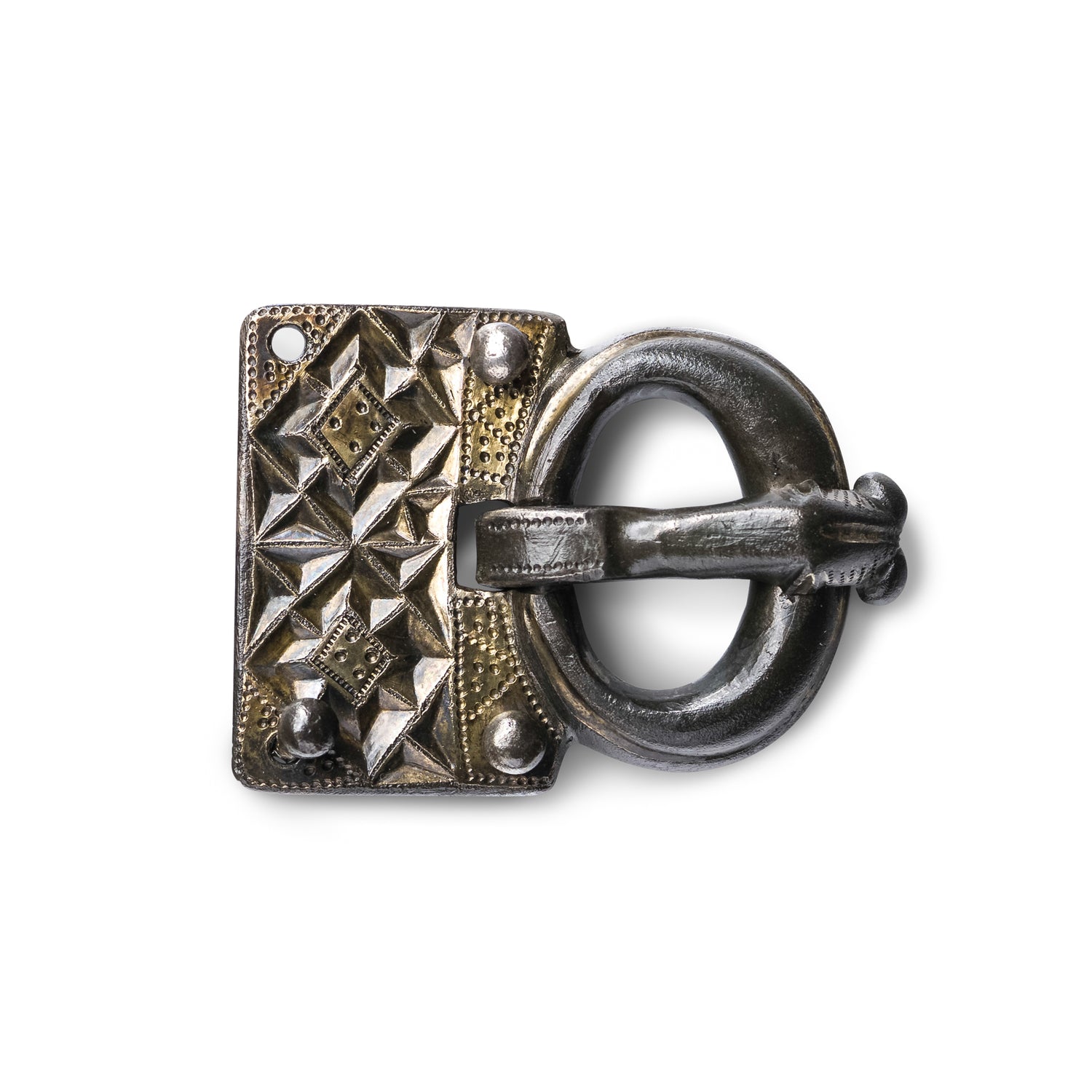
Why Preserve Shadows?
Shadows tell an important story about the object. They reveal the shape and structure, whether it lies flat or wobbles, and whether the material is transparent or opaque. By preserving shadows, the image becomes not only aesthetically pleasing but also informative and valuable for both research and public presentation.
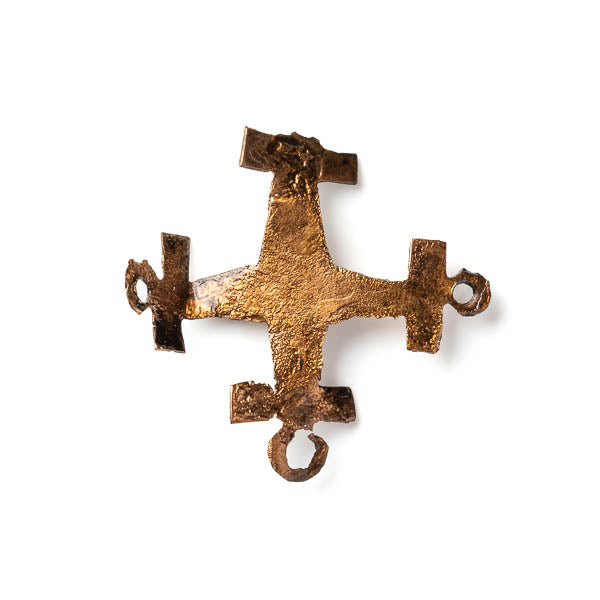
An International Standard for Archaeological Photography
The Photarch method has already been successfully tested on over 500 artifacts from three museums, and the results show that the images achieve a uniform look, regardless of where they were taken. The method is simple enough to be used both in the field and in conservation studios, making it scalable and accessible.
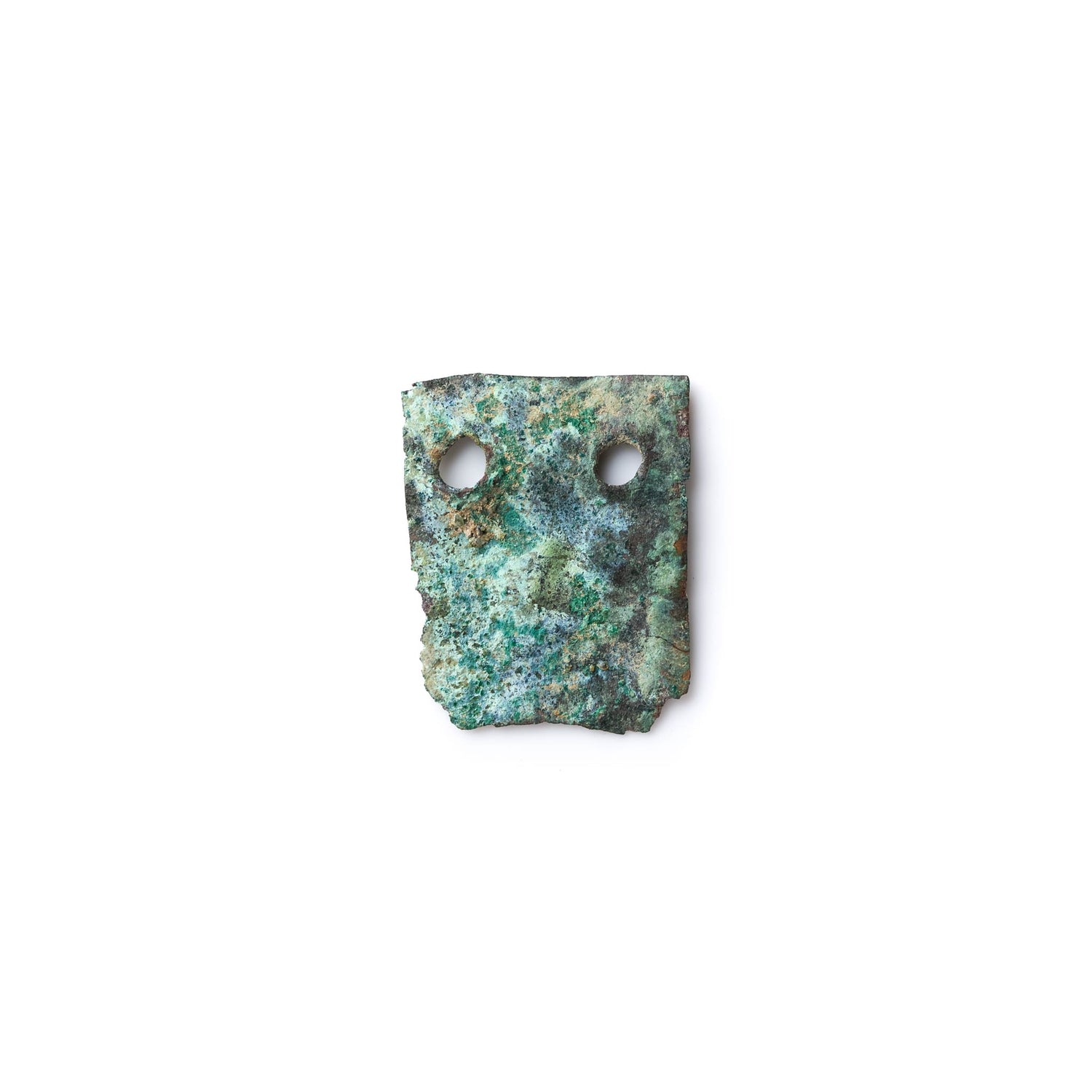
Benefits for an AI-Driven Database
A detailed, consistent, and high-quality image is essential for building an AI-driven archaeological database. By capturing the artifact with precise lighting and preserving shadows, all critical information about the object’s shape, texture, and structure is retained. This makes it possible to use AI to analyze the image and identify the artifact, even when compared across different collections.
With a unified image style, AI can easily match similar artifacts from various museums, creating connections that were previously difficult to establish. This opens the door for advanced search functions, where we can upload an image and have the AI suggest comparable items from other collections. Additionally, such standardized imaging allows us to display entire artifact collections at scale, preserving their relative dimensions and features, which is invaluable for comparative studies and public exhibitions.
By standardizing archaeological photography through the Photarch method, we not only improve visual consistency but also pave the way for innovative AI applications in cultural heritage management.
With Photarch, we can create a collection of images that not only documents our archaeological treasures but also makes them accessible and comparable across time and space.
Curious to learn more about the Photarch method and how it’s shaping the future of archaeological photography? Sign up for our newsletter and get updates straight to your inbox.
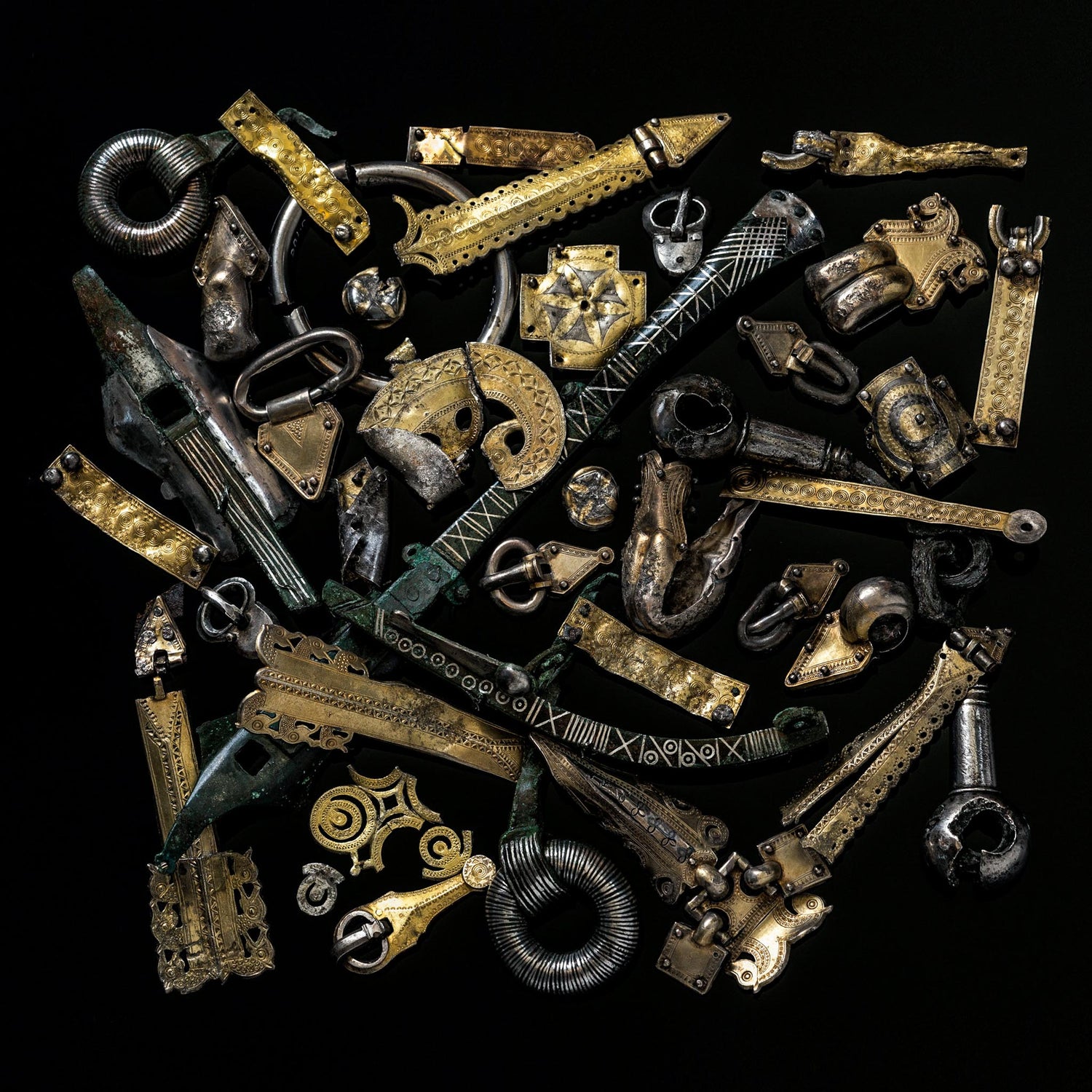
The Origins of Photarch
The idea behind the Photarch method began during my time as a student at the Cultural Heritage program at Linnaeus University. While interning at the local municipality museum, I had the opportunity to be part of the excavation at Sandby Borg – a Migration Period ring fort marked by a brutal massacre. Although my primary task was digging, I spent countless hours photographing the finds.
It was during this time, in 2014, that I noticed a significant challenge: the photographs we were taking lacked consistency. Each image looked different, making it difficult to compare objects, even from the same excavation. There wasn’t a standardized method in place, and the varying results made archiving and analyzing the artifacts problematic.
I realized that we needed a cohesive photographic method – one that could be used not just for that season but for years to come. This led me to develop the foundational principles of Photarch: using a single key light, maintaining a consistent angle, and preserving shadows on a white background. Over time, this approach proved to create images that were not only visually appealing but also consistent and informative.
The success of these early trials inspired me to refine the method further. After winning the FujiFilm GFX Challenge Grant in 2022, I could expand the project to more museums, testing the concept on over 200 artifacts from three different institutions. The result was a unified collection of images that look cohesive regardless of the archive or site – a proof of concept that consistency in artifact photography is achievable on a larger scale.
/Daniel Lindskog
Latest updates
View all-

Scandinavian Photo Oslo
In February, I hosted a live demonstration of the Photarch method at Scandinavian Photo in Oslo, in collaboration with FujiFilm. Using the GFXII camera with a 120mm macro lens, I...
Scandinavian Photo Oslo
In February, I hosted a live demonstration of the Photarch method at Scandinavian Photo in Oslo, in collaboration with FujiFilm. Using the GFXII camera with a 120mm macro lens, I...
-
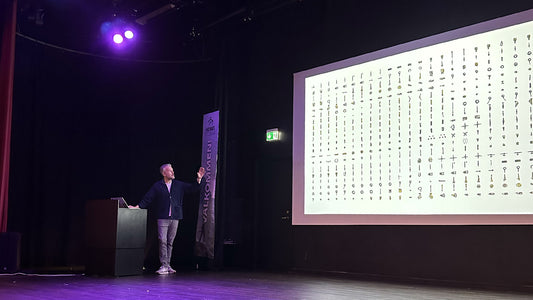
Skånes Fotodagar
Presented PHOTARCH at Scania's Photo Day, as part of Sweden's Photo Days, an event organized by Kamera & Bild and Zoom Fotoresor.
Skånes Fotodagar
Presented PHOTARCH at Scania's Photo Day, as part of Sweden's Photo Days, an event organized by Kamera & Bild and Zoom Fotoresor.


